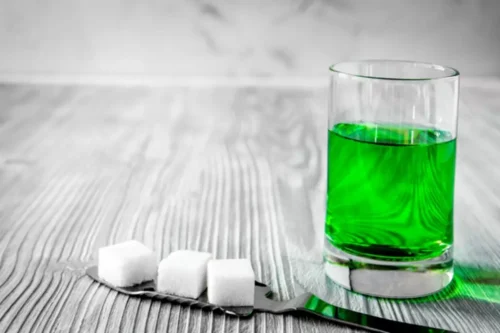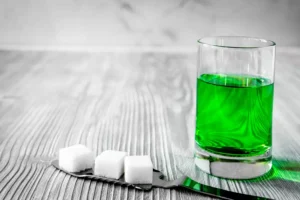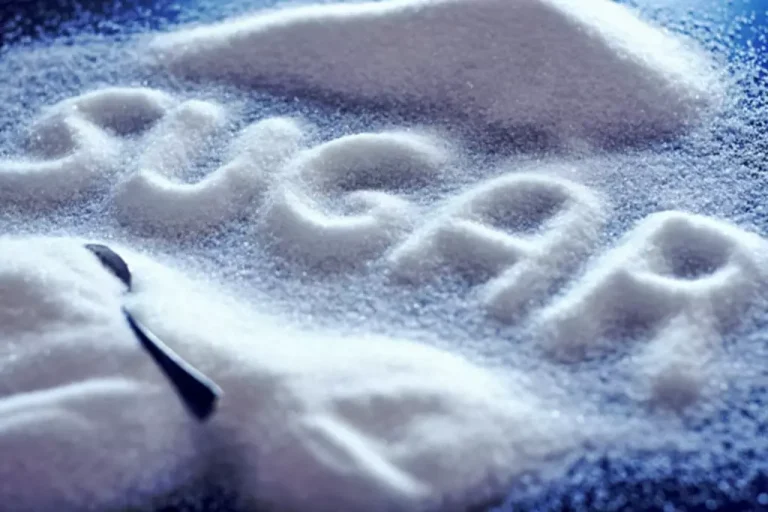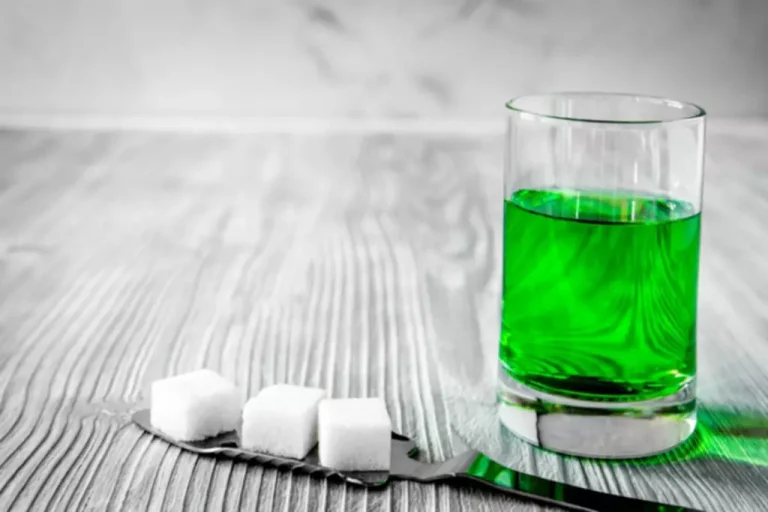
But if you drink a lot in a short time, your liver may not be able to keep up. However, alcohol is highly susceptible to many factors that affect how long it stays in the body. From age, metabolism, and even the type of food someone eats (or doesn’t) impacts how long alcohol stays in the system. Of course, how many drinks per hour someone had will also affect these factors.
Physical Activity: Exercising to Aid Detoxification
- We will examine the short and long-term effects of alcohol abuse, clarifying the dangers of excessive consumption and exploring the science behind how the liver metabolizes alcohol.
- Keeping busy is essential, she says; time that was spent drinking needs to be filled with something else, so make a list of ideas.
- In general, heavy drinking requires your body to work harder to flush out alcohol and clear it from your system.
- That’s the equivalent of processing about one alcoholic beverage each hour.
The body naturally processes alcohol, but hydration is key to speeding up the process. While focusing on eliminating alcohol, remember that serious health concerns necessitate professional consultation, not solely relying on home remedies. Ultimately, responsible consumption and adequate hydration are the best ways to support your body’s natural detoxification process. The best way to flush alcohol from your system is to drink plenty of water and allow your body time to process it. However, dehydration, a common side effect of alcohol consumption, can exacerbate existing scalp conditions. Interestingly, this dehydration can worsen dandruff, and as the article dandruff leads to hair fall explains, contributing to hair loss.

Natural Ways to Help Your Body Clear out Alcohol
- Although alcohol is typically metabolized within 25 hours, there are several factors that can make that process longer or shorter than average.
- This is solid LSL rim board, which I like because it’s very straight and engineered.
- There are many different options and resources that can help you learn how to quit drinking.
- According to a recent survey, nearly half of Americans are trying to cut back on their alcohol consumption in 2025—a 44% increase since 2023.
To support your body as it removes alcohol from your system, you can practice healthy habits. Keep reading to learn how to flush alcohol out of your system and seek treatment for alcohol addiction if necessary. On this page, we address a common myth linked with alcohol misuse and binge drinking – that drinking water can ‘flush’ alcohol from your system. Once you consume alcohol, your body starts to break it down to eliminate it from your system, mainly through the liver.

What’s Considered a Drink?
- Medical interventions may be necessary for individuals struggling with severe alcohol dependence or withdrawal symptoms.
- The best you can do is take steps such as finding a designated driver, not drinking on an empty stomach, and having a friend around if the effects of the detoxing process are more intense.
- Excessive drinking has numerous impacts on your body and mind, ranging from mild to severe.
- For instance, if past trauma contributes to unhealthy coping mechanisms like excessive drinking, seeking professional help is crucial.
- What’s more is that alcohol is packed with sugar, and some drinks such as beer, wine, and champagne are fermented as well.
- Alcohol withdrawal has a set of complex symptoms when someone abruptly stops or reduces their consumption.
Aim for 7-9 hours of quality sleep each night to support the detoxification process. Your liver processes alcohol at the rate of one drink per hour, according to the National Institute on Alcohol Misuse and Alcoholism (NIAAA). That means it can take three to drug addiction treatment seven hours for your body to metabolise and eliminate one to four drinks, depending on several factors. Drinking green juice made from organic greens is a powerful way to support gut health and overall well-being.


Vomiting, tremors and increased heart rate obviously interfere with your daily life. Delirium tremens is very severe and can include seizures and hallucinations. While these methods won’t speed up the enzymatic breakdown of alcohol, which involves the liver, maintaining good health practices can make the effects of alcohol more manageable.
How To Cut Back on Drinking Alcohol: 7 Steps Toward Mindful Drinking
- We recognize the importance of individualized care, and so we personalize our treatment plans to the needs of each client.
- By incorporating these practices into your lifestyle, you can promote the health and recovery of your liver.
- Here, you normally want to remove traces of alcohol from your system, may want to sober up, and likely want to pass a toxicology test, such as an alcohol breath test or a hair alcohol test.
- Knowing how to expedite the elimination of alcohol from your system can help you avoid legal consequences and ensure road safety.
- More than that, your lover secretes bile that helps digest fat and carry waste away.
Experiencing withdrawal when you stop drinking indicates a dependence on alcohol, and it may be difficult to quit drinking on your own. It can also be dangerous to quit cold turkey once you have developed an alcohol use disorder (AUD). Your symptoms may be similar, such as anxiety, headaches, nausea, and sleep disturbance. But hangover symptoms tend to last no more than one day, while alcohol withdrawal can last up to a week or more.

Alcohol Detox Programs
But if hangovers become more frequent, it might be time to get some help to cut back on your consumption. Our online alcohol rehab allows you to set goals for reducing drinking or eliminating alcohol altogether. One of the most effective ways to flush alcohol from the system is through drinking water. Drinking plenty of water the day after consuming alcohol can help flush out toxins and boost metabolism, which may slightly speed up the process of eliminating alcohol from the system. Exercise can also help in this how to flush out alcohol process by boosting metabolism overall.